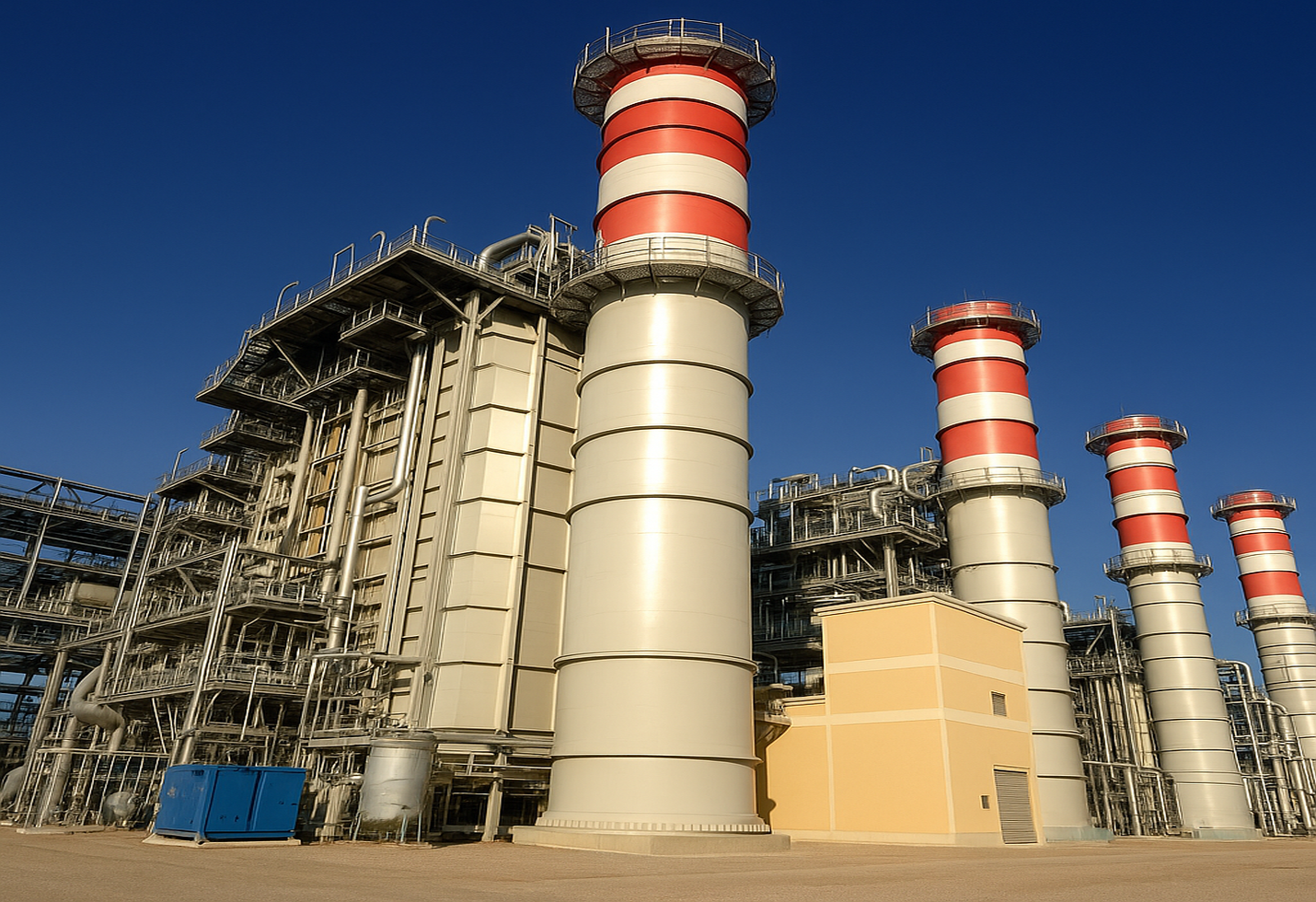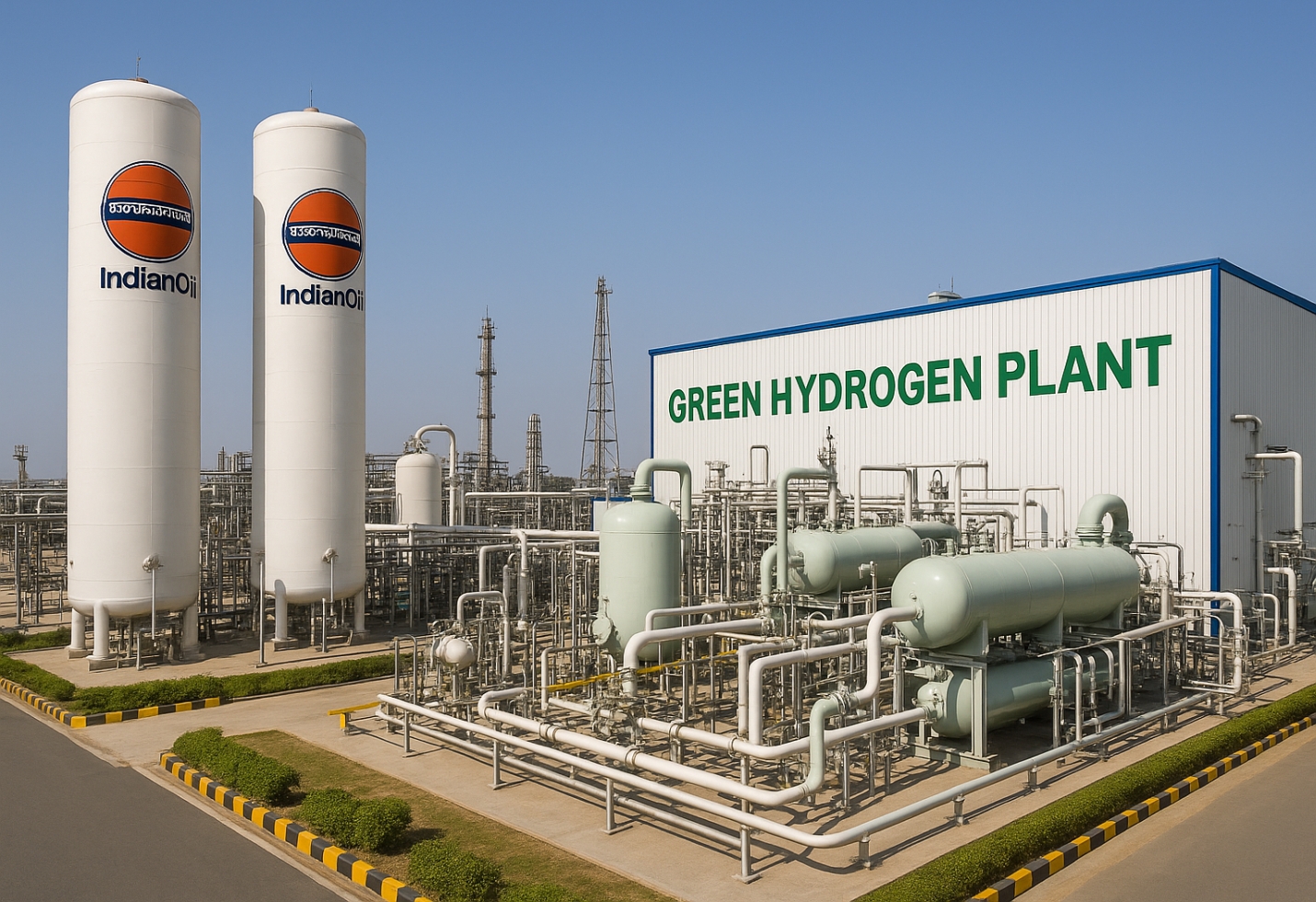MCX’s Leap into Electricity Derivatives: A Game-Changer for India’s Energy Markets
India’s energy landscape is undergoing a significant transformation, marked by rapid adoption of renewable energy and market-based reforms. In a landmark move, the Multi Commodity Exchange of India (MCX) has received regulatory approval from the Securities and Exchange Board of India (SEBI) to launch electricity derivatives.
The Significance of Electricity Derivatives
Electricity derivatives are financial instruments that allow market participants to hedge against price fluctuations in electricity. Unlike physical commodities, electricity cannot be easily stored, making its prices highly volatile, especially with the growing share of intermittent renewable energy sources like solar and wind. The introduction of these derivatives on a regulated exchange like MCX provides a transparent and efficient platform for managing such risk.
Regulatory Backing and Market Evolution
The approval comes with strong support from both SEBI and the Central Electricity Regulatory Commission (CERC), highlighting a unified regulatory approach to fostering a dynamic and sustainable power market. This collaboration ensures that the new contracts are well-aligned with India’s broader energy and capital market development goals, including the vision of ‘Viksit Bharat’—a developed and self-reliant India.
Who Stands to Benefit?
• Power Generators: With the ability to lock in future prices, generators can stabilize their revenue streams, especially during periods of high volatility caused by unpredictable renewable generation.
• Distribution Companies (Discoms): Discoms, often burdened by sudden spikes in procurement costs, can use these derivatives to hedge against price surges, leading to improved financial health and reduced dependence on state subsidies.
• Large Industrial Consumers: Major consumers can protect themselves from unexpected price hikes, ensuring more predictable operational costs and better budget planning.
Impact on Market Efficiency and Stability
The introduction of electricity derivatives is expected to bring greater efficiency to the power market. By enabling better price discovery and risk management, these instruments will help bridge the gap between the physical and financial sectors. This is particularly crucial as India’s power demand continues to rise and the share of renewables in the energy mix grows, making price volatility an ongoing challenge.
MCX’s Leadership in Commodity Trading
MCX currently commands about 98% market share in the value of commodity futures traded in India, offering contracts across metals, bullion, energy, and agricultural products. The addition of electricity derivatives further cements its position as a leader in innovative risk management solutions. Praveena Rai, MD & CEO of MCX, has described the move as “pivotal” for India’s commodities ecosystem, emphasizing the role of these contracts in providing a reliable, transparent, and regulated platform for market participants.
The Road Ahead: Product Details and Future Prospects
While MCX has received final approval, specific details about the contract specifications and launch timelines are yet to be disclosed. The exchange has indicated that more information will be shared in due course. Notably, the National Stock Exchange (NSE) has also received in-principle clearance for similar products, signaling a broader shift toward electricity derivatives in India’s financial markets.
The regulatory journey for electricity derivatives has been long, with unresolved jurisdictional issues dating back to the era of the Forward Markets Commission (FMC), which was merged with SEBI in 2015. The recent approval marks a significant procedural milestone, resolving years of uncertainty and paving the way for a more robust and resilient energy market.
Broader Implications for India’s Energy Transition
India’s focus on renewable energy and open access power markets is driving the need for innovative financial instruments. Electricity derivatives are expected to play a vital role in this transition, enabling market participants to manage the risks associated with renewable energy integration and market-based reforms. This aligns with the government’s vision of a sustainable, energy-secure, and developed India.
Market Reaction and Investor Sentiment
The announcement has been met with positive market sentiment. On June 6, 2025, MCX’s share price surged by over 4%, reflecting investor confidence in the exchange’s growth prospects and its ability to innovate in response to evolving market needs. The approval also comes at a time when MCX has reported strong financial performance, with a significant increase in net profit and sales in the latest quarter.
Conclusion
SEBI’s approval for MCX to launch electricity derivatives marks a transformative moment for India’s energy and commodity markets. By providing a regulated platform for hedging price risks, these instruments will enhance market efficiency, support India’s renewable energy ambitions, and contribute to the overall stability of the power sector. As MCX prepares to roll out the new contracts, stakeholders across the value chain—from generators to large consumers—stand to benefit from greater predictability and resilience in an increasingly dynamic energy landscape.
The image added is for representation purposes only









